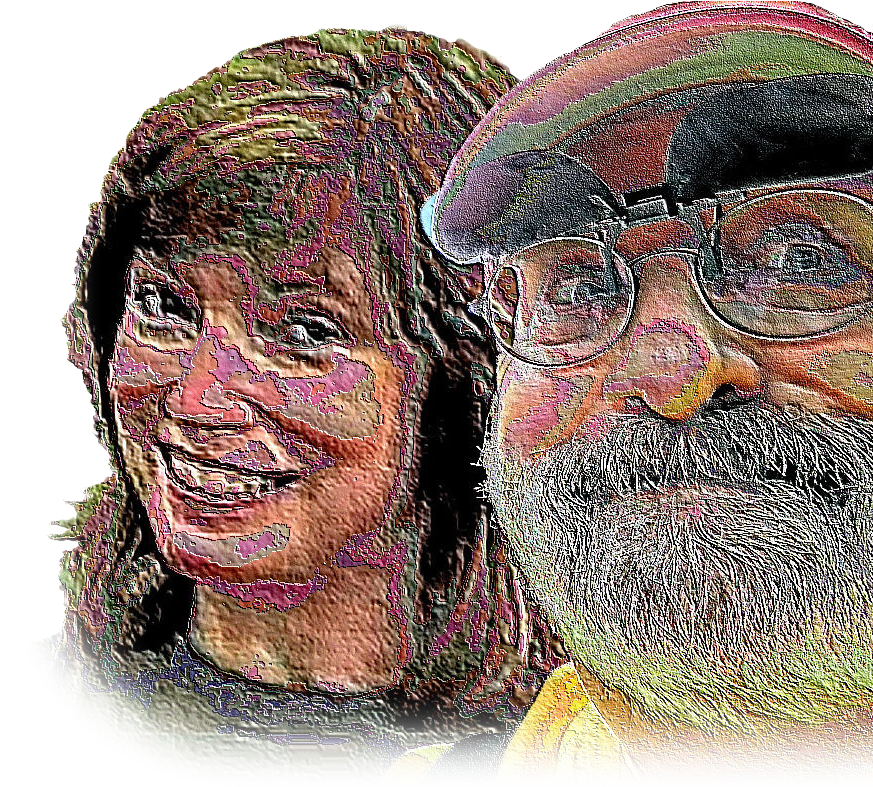



Information Support
to the YouTube Videos!
Main Theme
Made from only the highest quality logs, veneer is thin sheets of wood peeled or thinly sliced. These sheets of wood are used to surface panels, doors, furniture, and other products to provide a high quality finish to lower cost products. Veneer in the Lake States is made from many species but most commonly sugar maple. Other species include black cherry, yellow birch, paper birch, red oak, and other quality hardwoods and softwoods.
Major Points
The Michigan Forests Forever website has a section about "wood products" that provides additional information.
BeLeaf It or Not! Video Production The purpose for these videos is to INTRODUCE a few concepts for each episode topic. They are meant to be light-hearted and entertaining. Yet, the intention is to have both feet on solid science ground (biological, economic, social, et al.). We acknowledge that many of the topics are introduced or reinforced in school curricula at the fourth through seventh grades. So, these students, and their teachers, are the primary target audience. All of these topics can be more fully explored within the classroom setting or, in some case, be explored IN THE WOODS! With this in mind, these support pages are embedded into the Michigan Forests Forever website, which already houses a wide range of information about Michigan forests, designed for use by teachers. This entire project cost about $100,000. No small amount, of course. The primary authors were Bill Cook, Georgia Peterson, and James Ford. Additionally, most of the episode scripts were either drafted and/or reviewed by cooperating foresters, biologists, teachers, and other experts. If you're curious about who helped produced these videos, visit the "credits" page. |